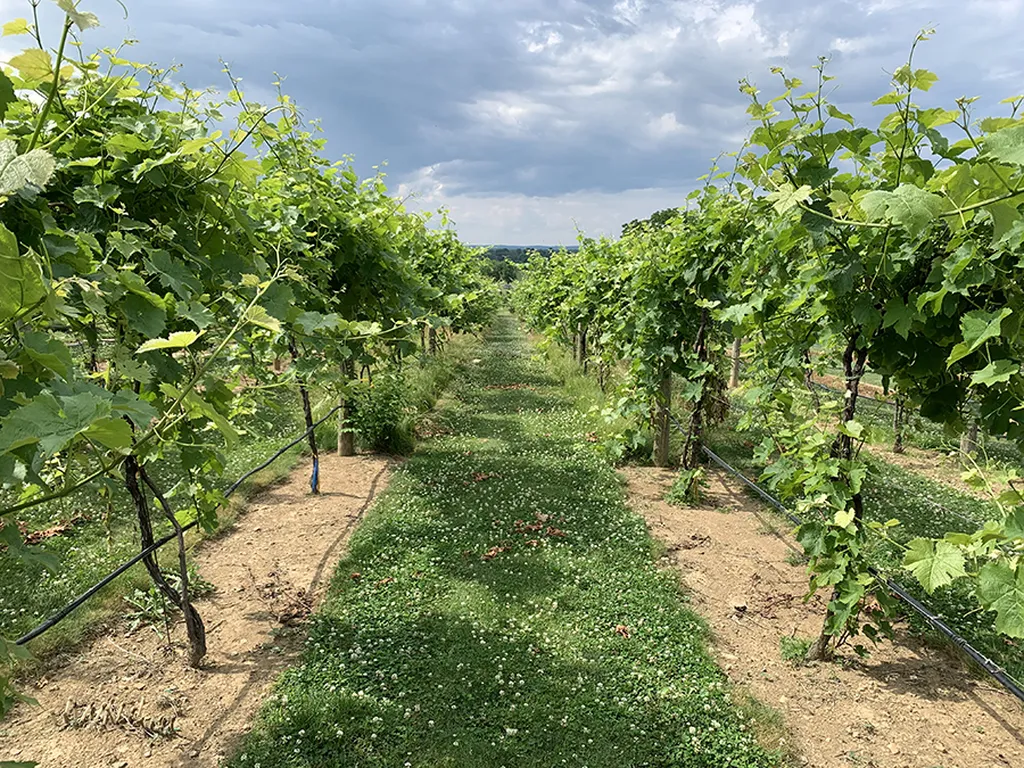In the rolling vineyards of wine country, a quiet revolution is taking root—not in the vines themselves, but in the soil beneath them. A recent study led by Mehdi Sharifi from the Summerland Research and Development Centre, part of Agriculture and Agri-Food Canada, is shedding light on a promising technique that could make vineyard cover cropping more reliable and sustainable. Published in the journal ‘Plants’ (which translates to ‘Rastliny’ in English), the research focuses on companion cropping, a strategy that uses fast-growing plants to help establish slower-growing cover crops, ultimately benefiting both the environment and the bottom line.
Cover crops are nothing new in viticulture. They’re known to prevent erosion, improve soil health, and even enhance grape quality. However, getting them established consistently—especially perennial grasses and legumes—has been a persistent challenge. That’s where companion cropping comes in. By pairing quick-growing cereals like oats, barley, or rye with short-cycle legumes such as vetch or pea, growers can create a supportive environment for slower-growing perennials. These “nurse” crops provide early ground cover, suppress weeds, and moderate the microclimate, giving their slower-growing companions a fighting chance.
“Companion cropping isn’t just another tool in the toolbox—it’s a design principle that can redefine how we approach cover cropping in vineyards,” Sharifi explains. “By using fast-establishing species at reduced rates, we can minimize competition with the vines while still achieving reliable cover crop establishment.”
The research synthesized evidence from peer-reviewed and extension literature, highlighting that companion cropping can significantly reduce the risk of early failure in cover cropping programs. However, gaps remain, particularly in understanding the long-term effects on vineyard yield and grape composition, as well as the potential water-use penalties under drought conditions.
For the wine industry, the implications are significant. Reliable cover cropping can lead to healthier soils, reduced erosion, and improved water retention—all of which contribute to more resilient vineyards. And with water scarcity becoming an increasingly pressing issue, especially in drought-prone regions, the ability to optimize water use through strategic cover cropping could be a game-changer.
Sharifi’s study also proposes a decision framework and research agenda to quantify the benefits and trade-offs of companion cropping. By making the companion-phase logic explicit in future decision tools, growers can adopt this strategy with greater confidence, aligning it with regional guidelines and best practices.
As the wine industry continues to grapple with climate change, water scarcity, and the need for sustainable practices, companion cropping offers a promising path forward. By leveraging the natural synergies between different plant species, growers can create more resilient vineyards that are better equipped to weather the challenges ahead. And as Sharifi’s research makes clear, the key to success lies in understanding and applying the principles of companion cropping with precision and care.
In the end, this isn’t just about growing better cover crops—it’s about building a more sustainable future for viticulture, one vineyard at a time.

